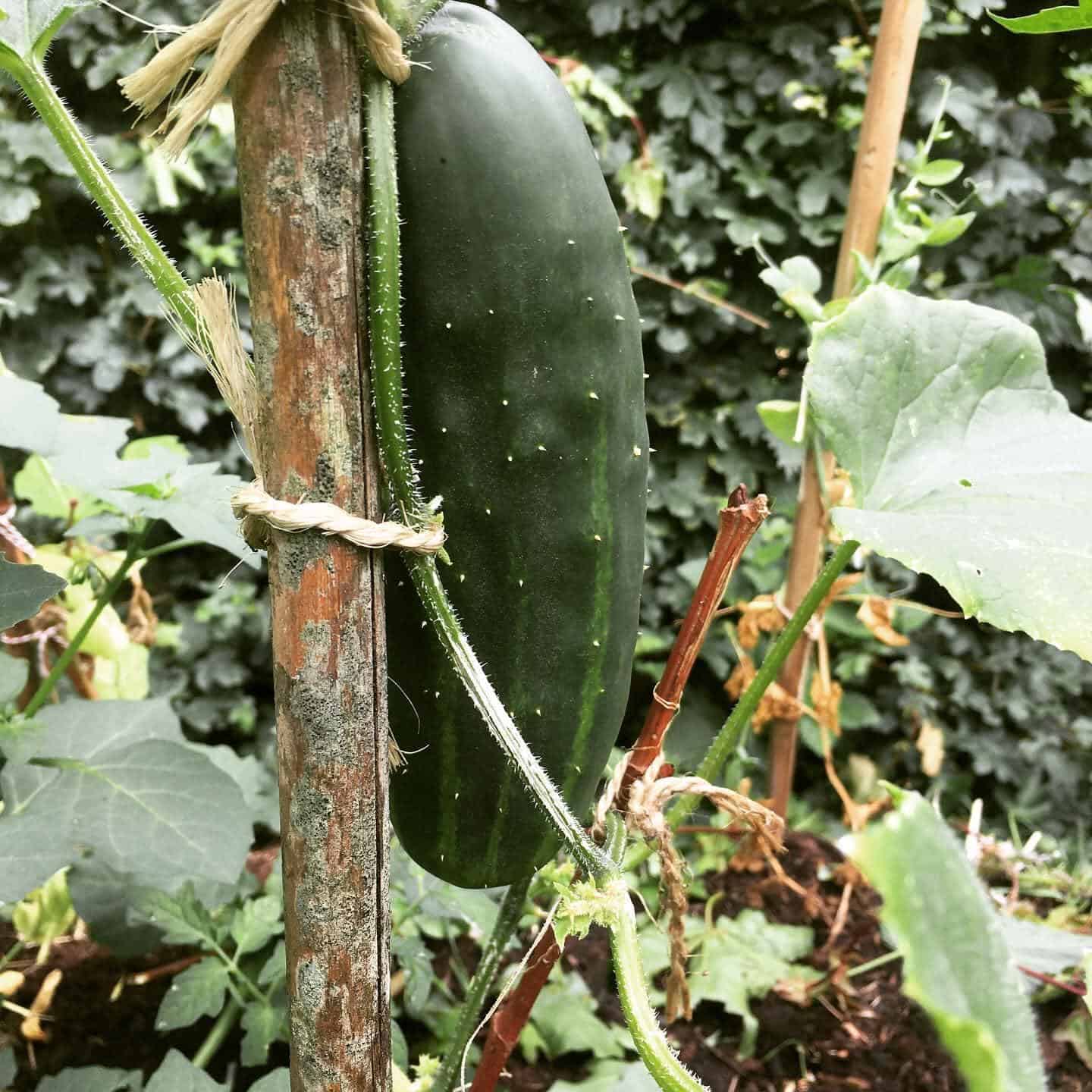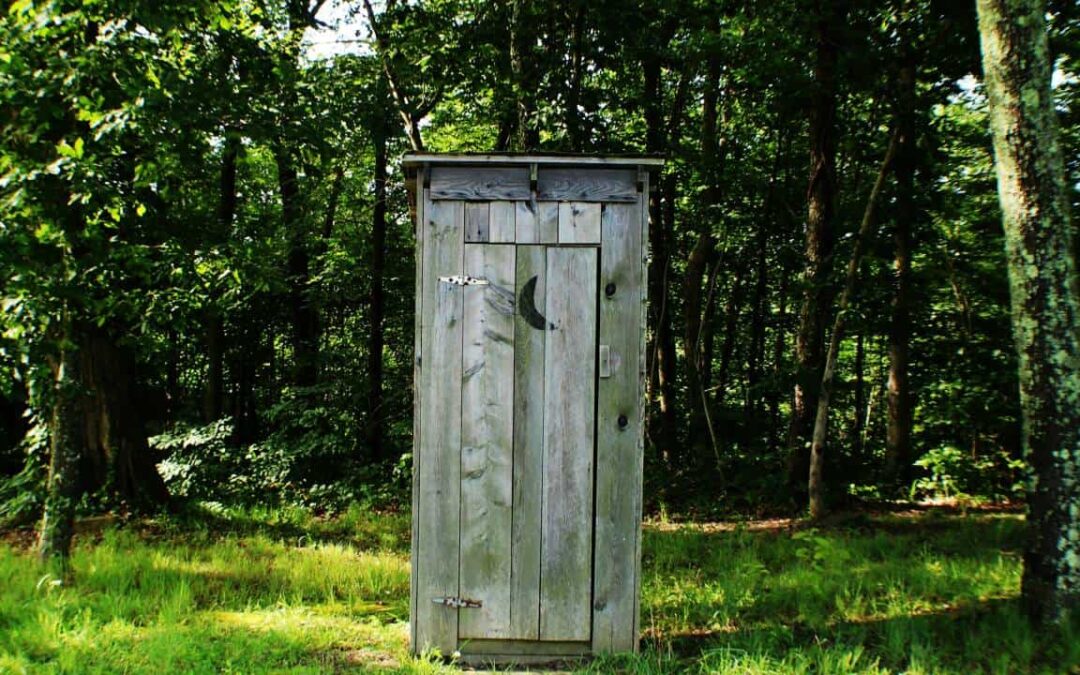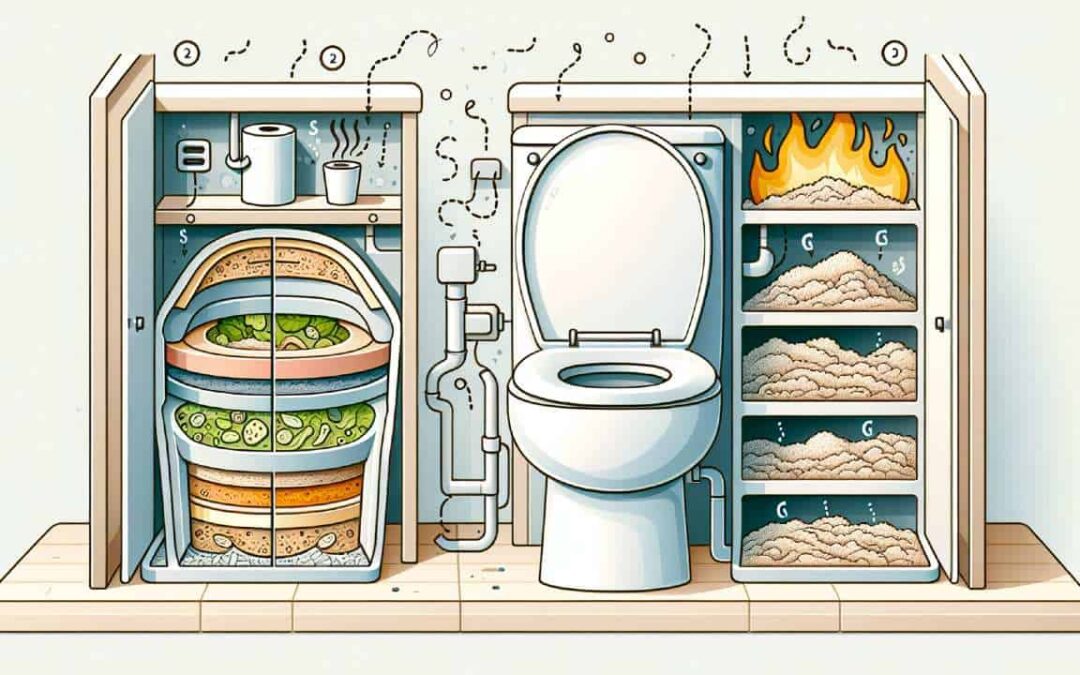How To Set up a permaculture food forest | Step by step plan
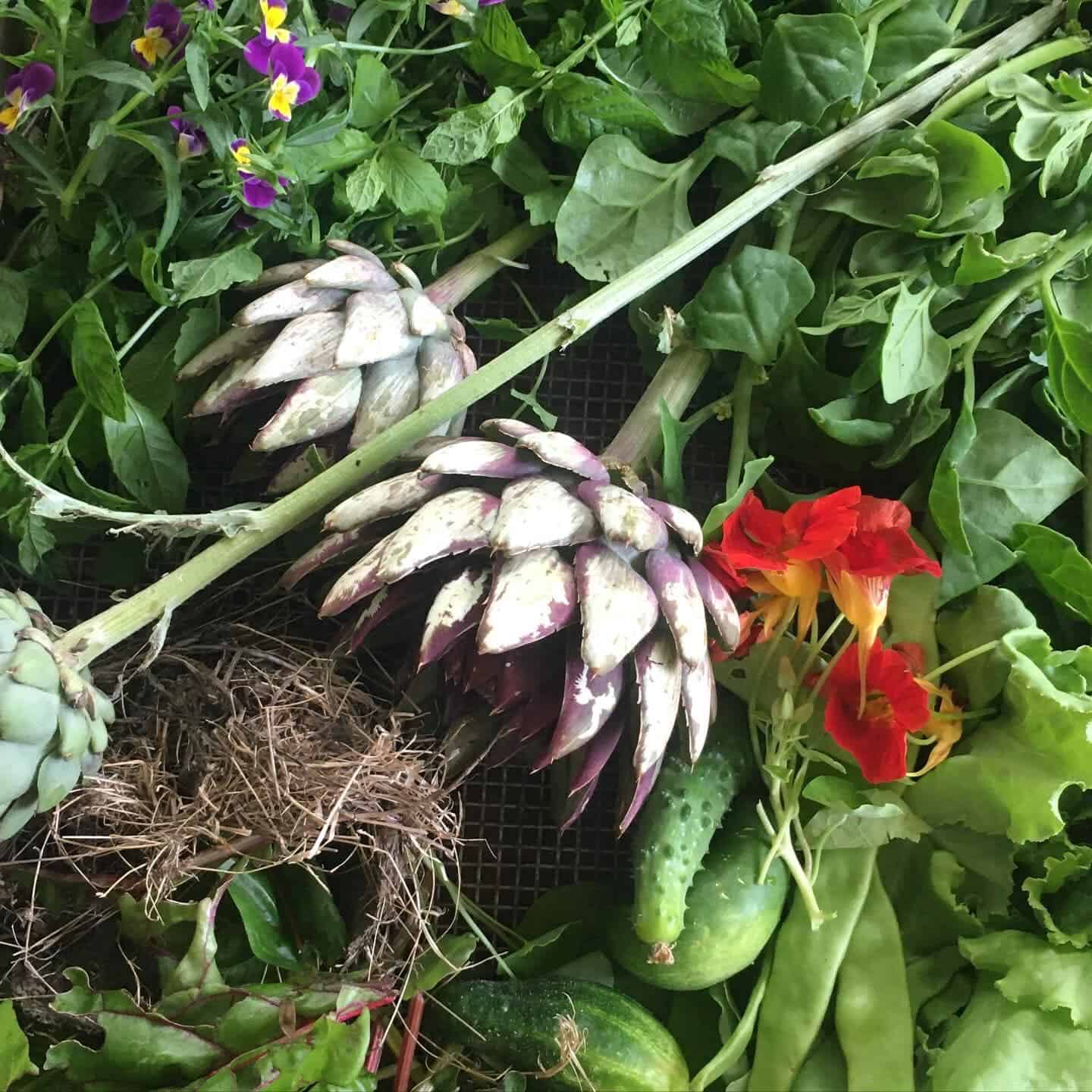
Having your permaculture food forest to complement your tiny house is like a dream come true. You will have a continual harvest and you can plant in such a way that the trees and plants support and complement each other.
More and more tiny lifers are discovering this way of growing food. Setting up a permaculture food forest does take time, planning, design, and knowledge. However, once you have set up your food forest, your rich garden will be low maintenance, and you will have a great harvest.
In this article, we break it down for you: first, we’ll explain what permaculture and a food forest entail. We’ll summarize the three ethics, twelve principles, and five main elements of a permaculture food forest. After that, you’ll read the eight steps needed to create your own food forest.
Furthermore, we interview Benny of Nahua Lodge, who has a permaculture food forest in Latin America. In the interview, you can see how experience can differ from theory.
What is permaculture, and what is a food forest?
Permaculture
The word permaculture consists of two words: permanent and agriculture. Permaculture is permanent and is a great first step towards sustainable agriculture. A permaculture garden or land becomes permanent, like a forest. Using perennials and optimal use of the planted qualities enhances sustainability.
Food forest
A permaculture food forest is an edible garden (or more extensive land). Most of its crops are edible. For example, a hedge with rose hip plants is edible. Vegetables such as rhubarb (a vegetable with lots of vitamin C) and asparagus are popular among permaculturists because of their perennial nature. Having perennials means that once the food forest is created, your garden will need far less maintenance than a vegetable garden or any other traditional garden. The idea is that your permaculture food forest will maintain itself, just as a natural forest does.
Ethics in permaculture
In permaculture, David Holmgren and Bill Mollison have laid down three ethics. will give you an idea of the holistic nature of a permaculture food forest and how all elements work together. After reading this, you can reflect on how you want your food forest to express these ethics.
1 Earth care
- Buy locally, shop at a farmers market or local coop. Invest your money in the farmers doing it in a sustainable way.
- Harvest rainwater in earthworks, tanks, and cisterns: this way you do not waste water.
- Build soil through composting, with worms to cycle energy, animals on rotation, swales, keyline picking up overland flow, and microbes being spread through compost tea.
- Plant forests for food and promote native plants.
- Grow food with climate-appropriate techniques: see what methids of growing food suit your climate and adapt to that.
- Build houses that compost naturally, with appropriate materials for the climate, with the balance of thermal mass and insulation, passively orientated, and promote optimal indoor air quality.
- Harness the energy from the sun, from whipping winds, from the falling of water. For example, by placing windmills.

2 People care
- Care of the people requires a focus on meeting people’s basic needs immediately- nutritious food, clean water, a community that cares, reliable energy, and housing that is neither too hot nor too cold or toxic.
- Promote abundance through community connection.
3 Fair Share
- Redistribute your wealth by giving away excess produce, electricity, and energy in the form of human labor. Create community through action days, such as organising events to meet people. Enact the energy cycling principle: the more energy will spread, the more it will attract. This way it will grow, and a community will build.
12 Principles of permaculture
There are twelve principles in permaculture, grouped by David Holmgren, who is seen as the founder of permaculture, together with Bill Mollison. These twelve principles are guidelines for your food forest design; you can apply them when setting up your own food forest.
1 Observe and interact
2 Catch and store energy
3 Obtain a yield
4 Apply self-regulation & accept feedback
5 Use & value renewable resources & services
6 Produce no waste
7 Design from patterns to details
8 Use small and slow solutions
9 Integrate rather than segregate
10 Use and value diversity
11 Use edges & value the marginal
12 Creatively use and respond to change
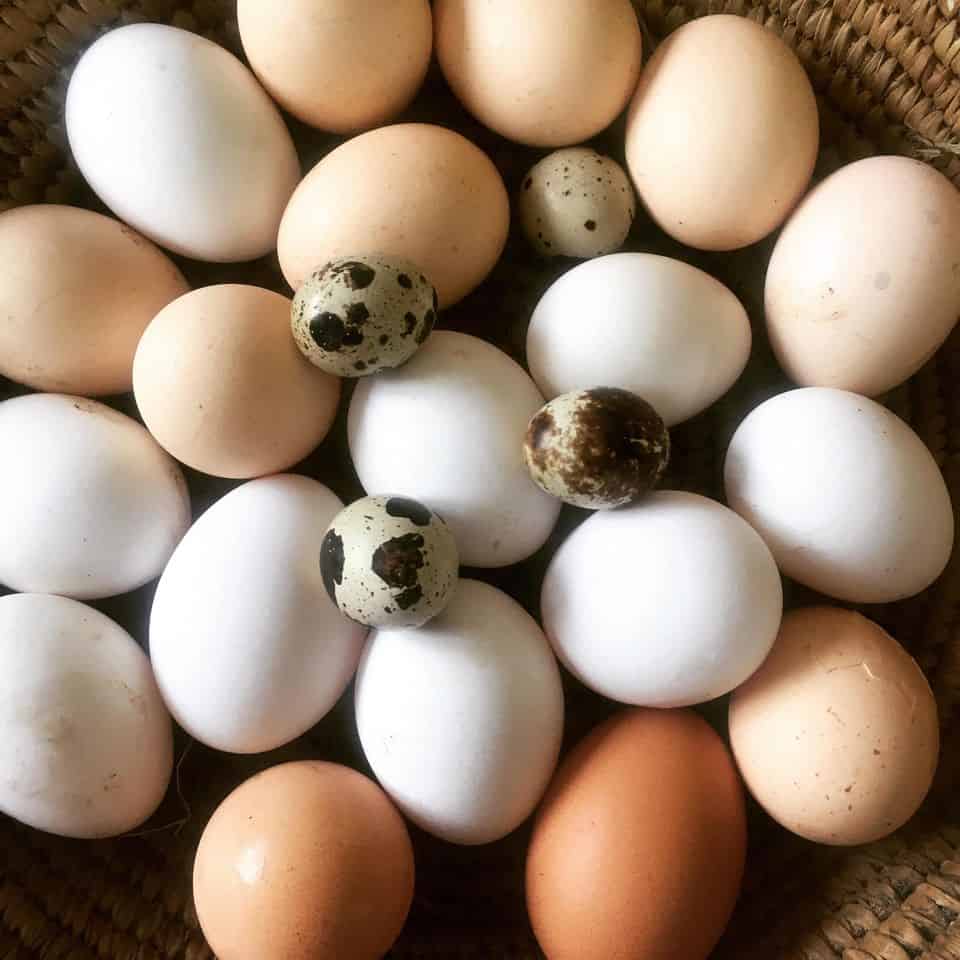
Five main elements of permaculture
A permaculture food forest consists of five main elements. Integrating these elements into your food forest will ensure that you will have a strong, healthy, and abundant basis for your food forest.
1 Soil
Having fertile soil is key to creating a food forest. Healthy soil means healthy crops, plants, shrubs, and trees. There are many ways to do this: making a chicken tractor that you can move around—or making a worm hotel that enables you to get rich compost quickly. You can also make compost tea. Mulching is always a good idea; it protects your crops from drought and wetness, prevents weeds from growing, and it turns them into compost after a while.
You can test your soil at a lab; then, you will know which nutrients may be needed. Or you can look at the weeds and understand what kind of soil you are dealing with.
2 The six layers of plants
A permaculture food forest consists of six layers. The food forest design considers these; each layer has its function and supports the other layers. You generally build the layers from high to low; it all depends on your land and design. If you make your design, you look at ways to provide shields from the wind, for example. Tall trees will take care of this: you place them on the fringes of your land and plant these first.
1 Canopy/tall tree layer
2 Sub-canopy/large shrub layer
3 Shrub layer / herbaceous layer
4 Ground-cover/creeper layer
5 Underground layer
6 Vertical/climber layer
3 The five zones within the garden
A permaculture design is broken down into five zones, each with its function and level of maintenance. By dividing your food forest into zones, you can arrange the plants and trees according to the functions of the zones. For example, herbs are planted in zone 1; you can easily access this when cooking and wanting to use the herbs.
- Zone 0 is the home.
- Zone 1 is the area immediately around the house. All the daily chores should happen in zone 1 or on the edge of zone 1 & 2.
- Zone 2 features weekly or more regular work.
- Zones 3 and 4 are areas where work is done biweekly, monthly, or seasonally.
- Zone 5 is a wilderness.
4 Perennials
A food forest consists of perennial edible plants, shrubs, and trees. Fruit trees, for example, are great in a food forest: they bear fruits, provide nectar for bees, and provide shade. Perennial edible plants such as rhubarb, artichoke, and asparagus are relatively common in a permaculture food forest: you plant them once and harvest them for years. Using perennial plants, one does not have to replant them every year. This makes the food forest self-sustaining.
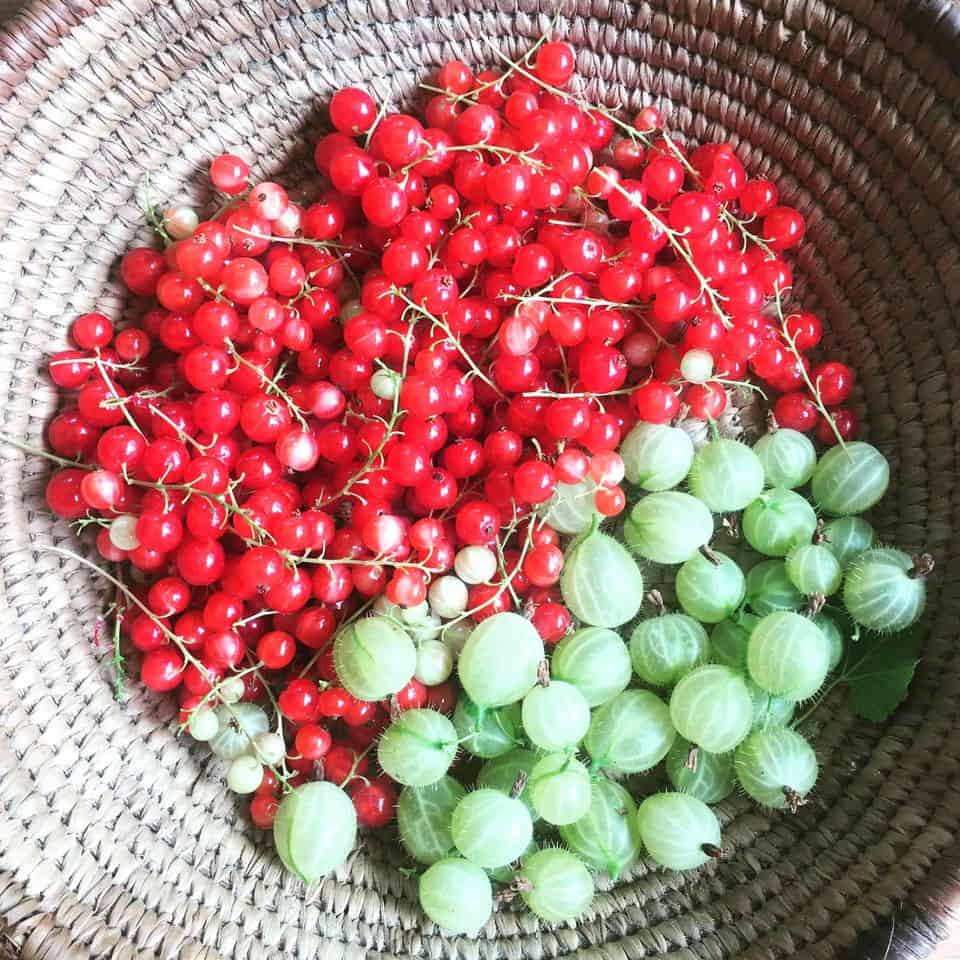
5 Guilds
Guilds are groups of trees, plants, and herbs that go well together. This knowledge was more common in the day, but nowadays, it seems to be somewhat lost. However, you can look up information and lists of the guilds on the internet.
One example is designing a fruit tree guild to create a low-maintenance system that works with nature and improves biodiversity. The guild’s goal is to underplant a central element, such as a fruit tree, with beneficial, multifunctional plants that might naturally be found growing together.
That apple tree can be supported by:
- Mineral-gathering plants such as artichokes can provide mulch beneath the apple tree.
- Onions, garlic, and chives can ward away unwanted insects.
- Shallow-rooted, ground cover plants, such as strawberries, dress the area to keep evaporation down, protect roots, and provide a food source for the fruit tree to feed on.
You can also keep it simple by planting marigolds next to tomatoes, for example, to ward off insects. It takes a lot of experience and knowledge to create guilds: it can be fun and fulfilling to learn and to create a food forest grouping the guilds. Your garden will be strong by nature: it will have fewer pests and have a good harvest. The main elements of permaculture create a naturally healthy garden: no insecticides are needed.
8 Steps to take
When you are at the point where you want to start your permaculture food forest, you can break the process down into three steps. These three steps can be broken down into smaller steps.
1 What is your goal?
What kind of garden do you want to plant? What is the function of the garden? Do you have children, will you have livestock, and is the garden for the municipality or a community? You might need to add a playground, benches to sit on, a social space, etc.
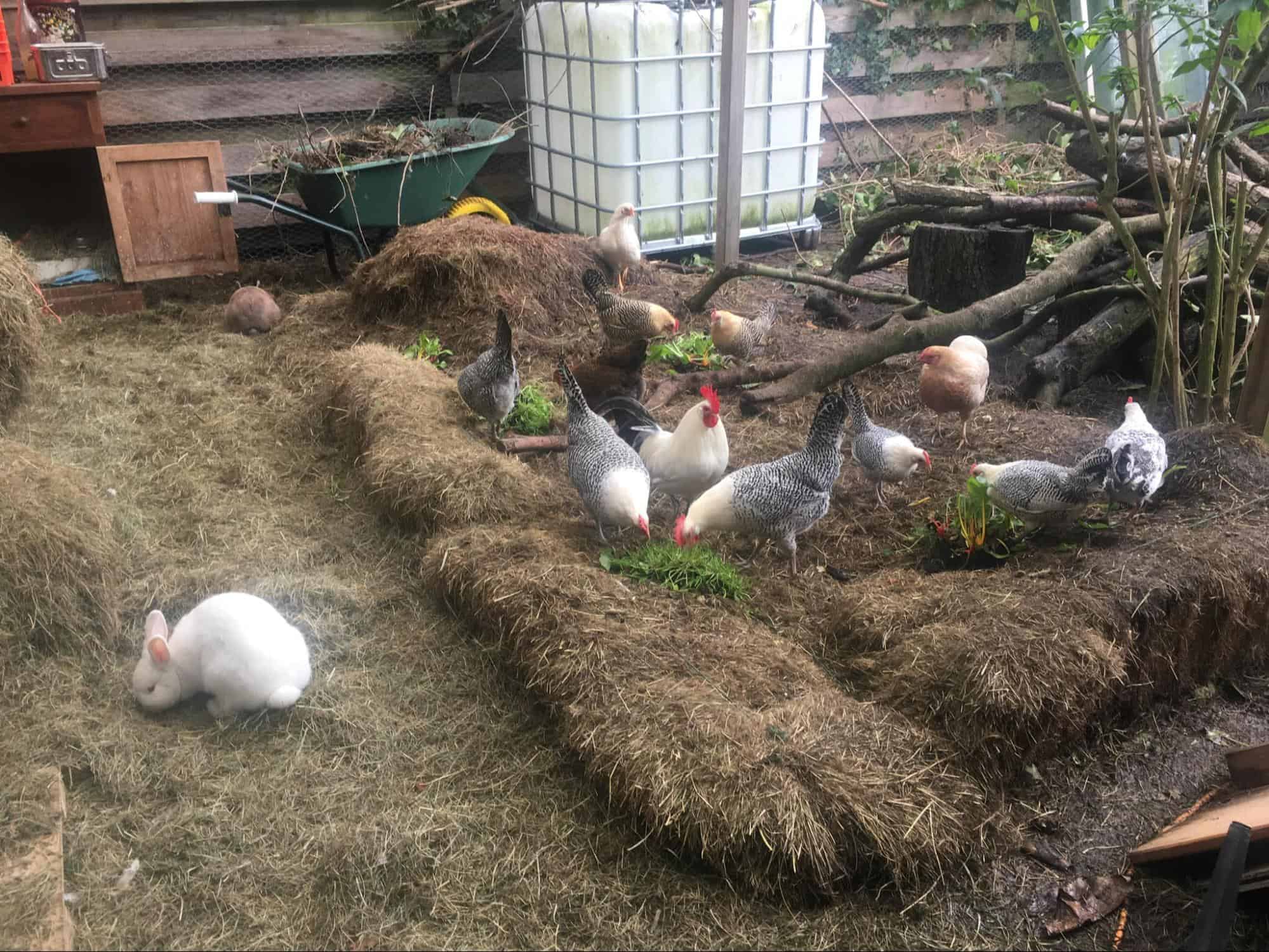
2 Observe
Get to know the land. Spend as much time on your land as possible. Observe how it interacts with the elements. Is there wind, does it geld cold, is there much shade? After that, you will be able to make the right design.
3 Design
In your design, you incorporate everything that your garden needs. Just start drawing, look for examples on the internet. You can hire someone who designs for you if you like. There are several permaculture design courses; most take 1-2 days or a longer two-week course. You can take these courses on location or online; plenty can be found online.
Look at the five points listed above and incorporate them into your design. You might want to add irrigation systems, gray water systems, swails, animal barns, buildings on the property, a pond, a river, a solar setup, etc.
It also depends on your climate: is it tropical, dry, hot, wet, cold, etc.?
4 List of plants
Make a list of plants and trees you want to add to your food forest. You might be able to swap seeds with other people or take cuttings from plants. You can prepare before you start planting.
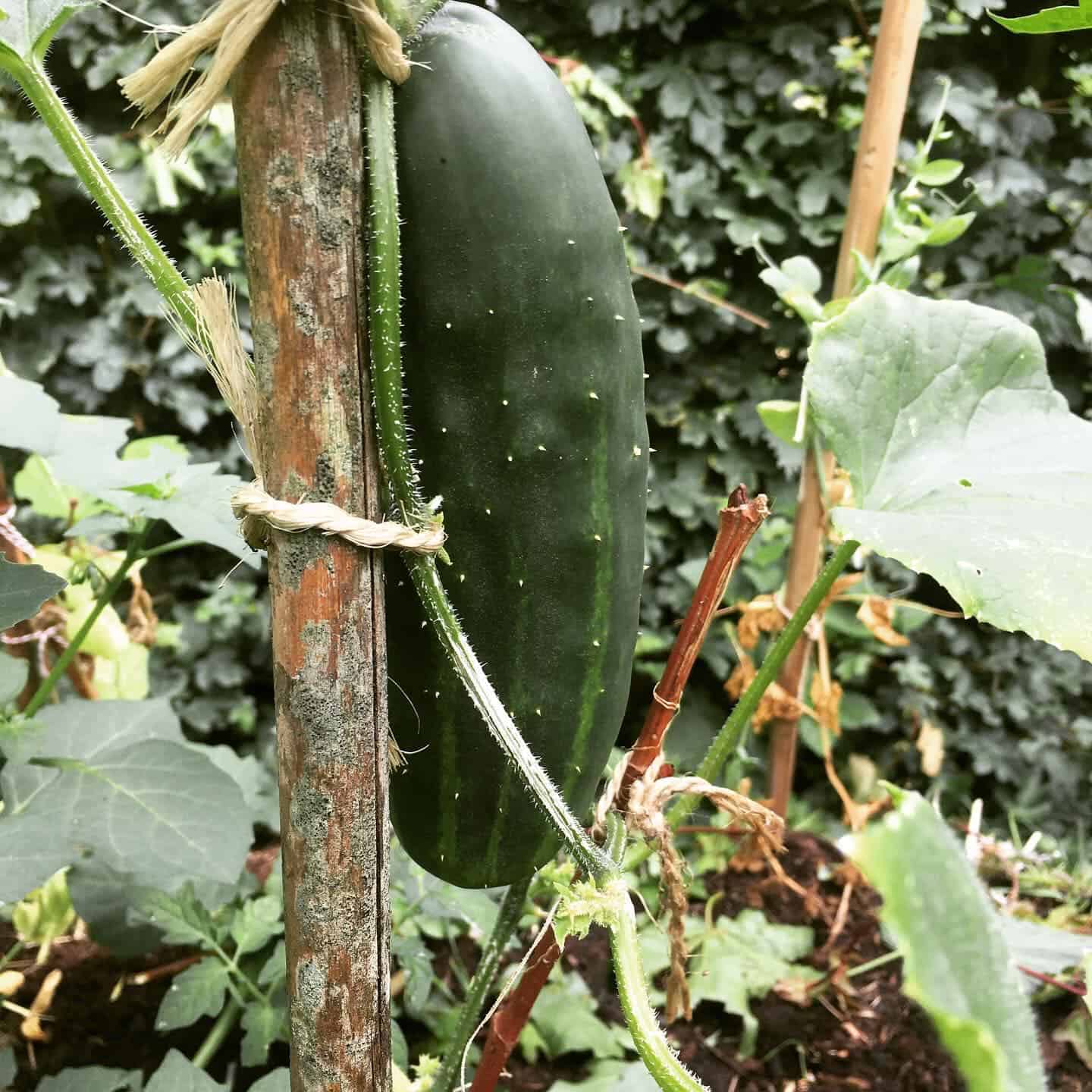
5 Arrange the guilds
Guilds are one of the secrets of the success of food forest permaculture. Arrange the plants and trees in guilds. Group them so they can grow optimally, supporting each other.
6 Water management
Make sure that excessive rain is led to the right places. You can do this by making swails, for example. Create storage for water as well; in a tank, or a pond, for example. Or maybe you want to create differences in height, to lead the water somewhere and slow it down.
You can also incorporate an irrigation system in your garden.
7 Work the soil
As described above, healthy, rich soil is the foundation of the permaculture food forest. If you are too eager to plant and do not have the patience to improve your soil when necessary, it can have adverse effects, such as pests and a small harvest.
You may have to plant pioneer crops and mulch the land before planting. This may take a season or a year, depending on the situation.Adding compost may be necessary: there are many ways in which you can provide for this. Some are easy such as free-ranging chickens, who give eggs and meat (if you eat meat).
8 Planting
Once your soil is ready, you can start planting. Ideally, you work the layers from high to low. First, you’ll plant the tall trees at the border of your land, followed by the lower layers. When you start planting, keep in mind the zones and guilds of your forest.
The planting process also depends on::
- What vegetation is already there?
- What needs to be removed?
- What kind of land is it, and what does it need?
When you plant trees and shrubs, pay attention to spacing: how far apart should they be planted? A common mistake in many gardens is that the trees and shrubs are planted too close to each other or too close to the house.
Take your time with planting. You can plant everything at once or do it in stages. Setting up a food forest can be intense, but once it is ready, it is low maintenance, and there will be continual harvesting.
Benny of Nahualodge

Benny of Nahualodge has started his permaculture food forest in Nicaragua, Latin America. He started from scratch three months ago and has planted over 1.000 different plants. Benny lives on the property with his wife and four kids in his converted skoolie.
On his land, you will find bananas, yellow and red bananas, coconuts, papaya, pineapple, mango, avocado, lemon, cacao, jackfruit, breadfruit, medlar, nansite, Mamon, rocoto, spinach, moringa, pumpkin, watermelon, teak wood, and many more varieties. Also, orange, sour orange, sweet orange, sapodilla, guava, soursop, eucalyptus, Guanacaste, and naked indigo.
Benny has an organic plantain farm next to his food forest to generate income and buy time to convert this farmland into a food forest. Between the plantain crops, he has planted the varieties listed above.
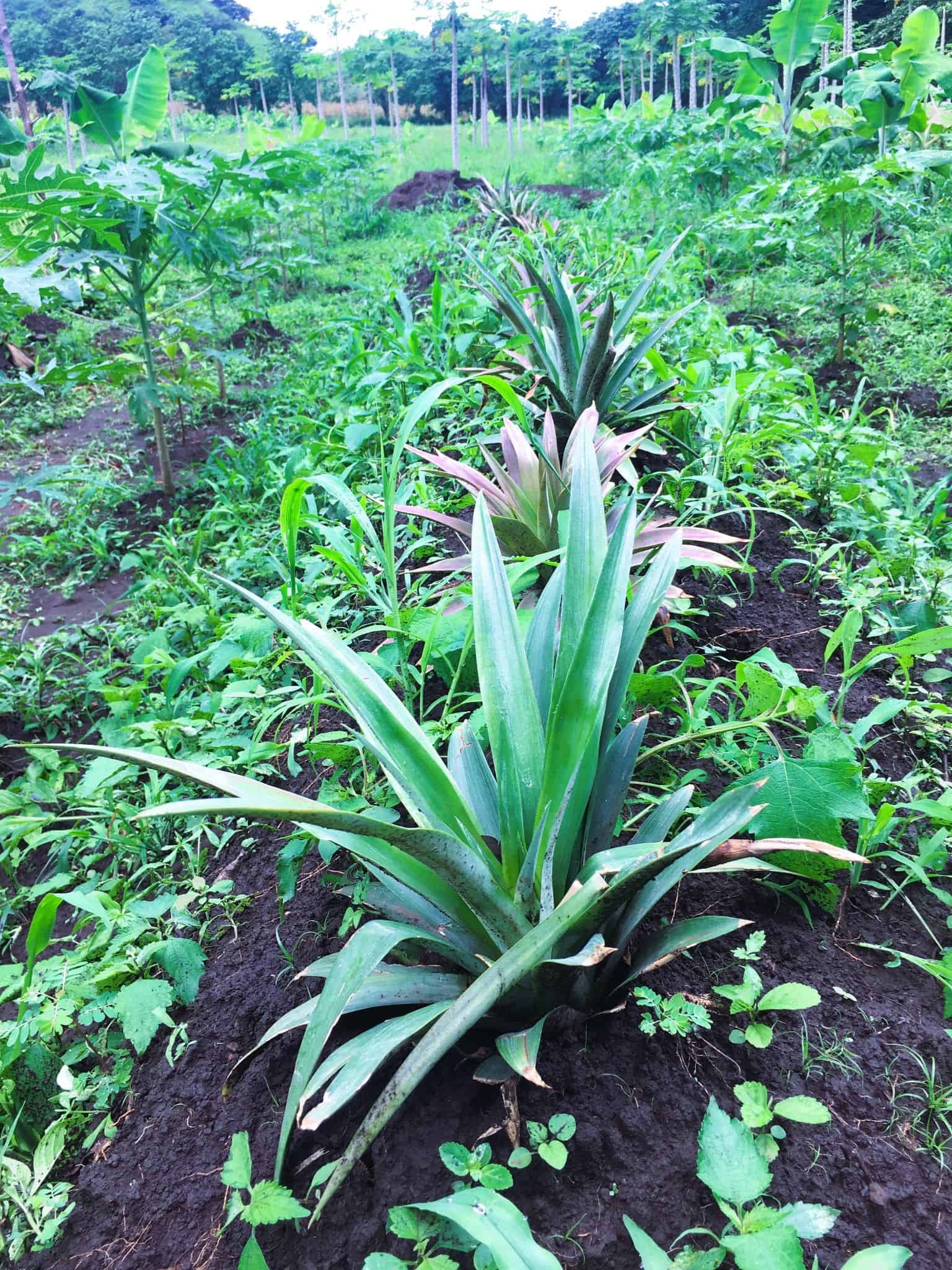
Let us follow Benny’s advice: follow your dream and start!
Here Benny introduces himself and talks about setting up his food forest.
Here Benny tells us what is needed to start your food forest.
https://youtu.be/ViMIlPMyuqQ
You can follow Benny and his work on Instagram.
Thank you for reading our article and watching our videos. Please stay tuned for the next article!
